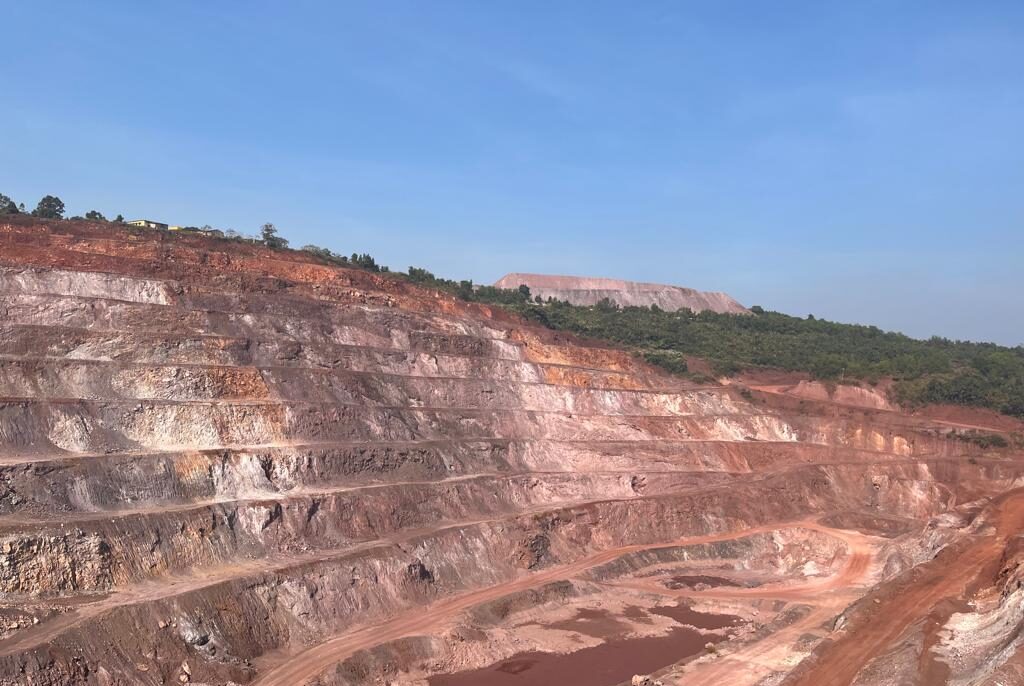Introduction
Iron ore, one of the Earth’s most essential natural resources, has played a pivotal role in the development of numerous industries, especially steel production. Understanding the types and locations of iron ore deposits is crucial for those interested in the mining industry, geology, or the global supply chain. In this article, we’ll take a comprehensive look at the various types of iron ore deposits and where they are found across the world.
Types of Iron Ore Deposits
1. Banded Iron Formations (BIFs):
BIFs are among the most significant sources of iron ore. They are characterized by alternating layers of iron-rich minerals and silica-rich minerals. BIFs have been mined extensively in regions such as the Pilbara in Western Australia and the Mesabi Range in Minnesota, USA.
2. Magnetite Ore Deposits:
Magnetite is a high-quality iron ore known for its magnetic properties. It is often found in igneous and metamorphic rocks. Some notable magnetite deposits can be found in South Africa, Russia, and Sweden.
3. Hematite Ore Deposits:
Hematite is another important iron ore mineral. It typically occurs as red or silver-gray metallic ore and is widespread in sedimentary rocks. Major hematite deposits can be found in Brazil, China, and India.
4. Limonite Ore Deposits:
Limonite is a yellow-brown iron ore mineral formed from the weathering of other iron-bearing minerals. It’s less commonly mined than magnetite or hematite but is found in various locations worldwide.
Global Locations of Iron Ore Deposits
1. Australia:
Australia is the world’s largest producer of iron ore. It hosts vast deposits in the Pilbara region of Western Australia, primarily comprising hematite and magnetite ores.
2. Brazil:
Brazil is another major player in the global iron ore market. It boasts extensive hematite deposits in the Carajás region and significant magnetite deposits in Minas Gerais.
3. China:
China, the world’s largest consumer of iron ore, also has substantial domestic deposits, including hematite and magnetite ores in regions like Hebei and Anhui.
4. India:
India is home to substantial hematite and magnetite deposits, with the state of Odisha being a prominent mining hub.
India: A Key Player in Iron Ore Deposits
India is a significant player in the global iron ore market, both in terms of production and reserves. The country’s iron ore deposits are primarily located in the states of Odisha, Jharkhand, Chhattisgarh, Karnataka, and Goa, among others. These deposits are rich in hematite and magnetite, making India a major contributor to global iron ore production.
Odisha:
Odisha, located on the eastern coast of India, is one of the richest iron ore regions in the country. The Keonjhar and Sundergarh districts of Odisha are particularly renowned for their vast hematite deposits. Major mining operations, including those by public sector undertakings and private companies, are active in this region.
Jharkhand:
Jharkhand is another state with abundant iron ore resources. The Singhbhum district in Jharkhand is famous for its hematite and magnetite deposits. It’s home to several iron ore mines that supply both the domestic and international markets.
Chhattisgarh:
Chhattisgarh is known for its high-grade iron ore deposits, primarily hematite. The Bailadila mines in the Dantewada district are among the most prominent iron ore mines in the state.
Karnataka:
The Chitradurga and Bellary districts in Karnataka have substantial hematite and magnetite ore deposits. These regions have been central to India’s iron ore production for many years.
Goa:
Goa, on the western coast of India, is famous for its iron ore mines. While mining activities in Goa faced regulatory challenges in recent years, the state still possesses valuable iron ore resources.
Other States:
Iron ore deposits are also found in smaller quantities in states like Andhra Pradesh, Tamil Nadu, and Maharashtra.
India’s iron ore industry has traditionally played a crucial role in the country’s economic growth and development. The iron ore extracted from these regions is not only used domestically but is also exported to countries such as China, Japan, and South Korea, making India a significant player in the global iron ore trade.
It’s worth noting that the iron ore mining sector in India has faced various challenges in recent years, including environmental concerns and regulatory changes. Nevertheless, the industry continues to evolve, adopting more sustainable mining practices and advanced technologies to ensure a steady supply of iron ore for the nation’s growing infrastructure and steel production needs.
India’s position as a key player in the iron ore market underscores its importance in the global mining and steel industries, contributing to both national development and the international supply chain.
5. Russia:
Russia has extensive magnetite deposits in the Kursk Magnetic Anomaly region, making it a key iron ore producer.
6. United States:
The United States, particularly the Lake Superior region in the state of Minnesota, is known for its hematite and magnetite ores.
Conclusion:
Understanding the types and global distribution of iron ore deposits is essential for stakeholders in the mining and steel industries. It plays a crucial role in shaping trade, economies, and development. As technology advances, mining companies are continually exploring new deposits and improving extraction techniques, ensuring a steady supply of this vital resource for the future.
In conclusion, iron ore deposits vary in type and are spread across diverse geographic locations. This diversity is what enables the iron and steel industry to thrive on a global scale, supporting countless industries worldwide.
Signing Off.
You will love reading these always:
The Impact of the Global Energy Transition on Iron Ore Demand
Comparing Central and State Government Powers in Mining

